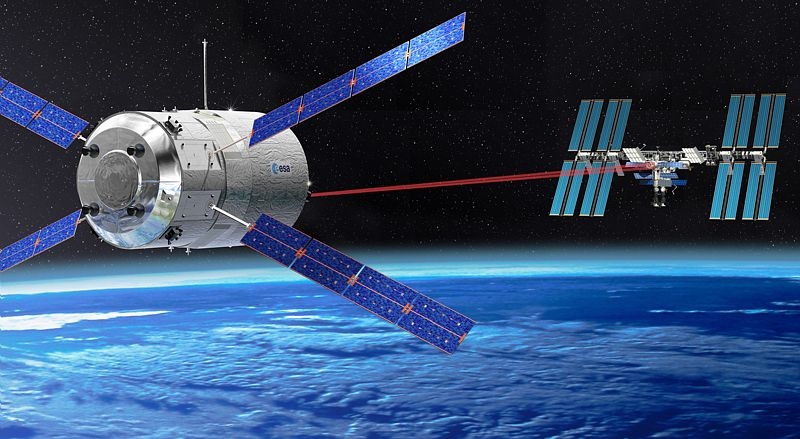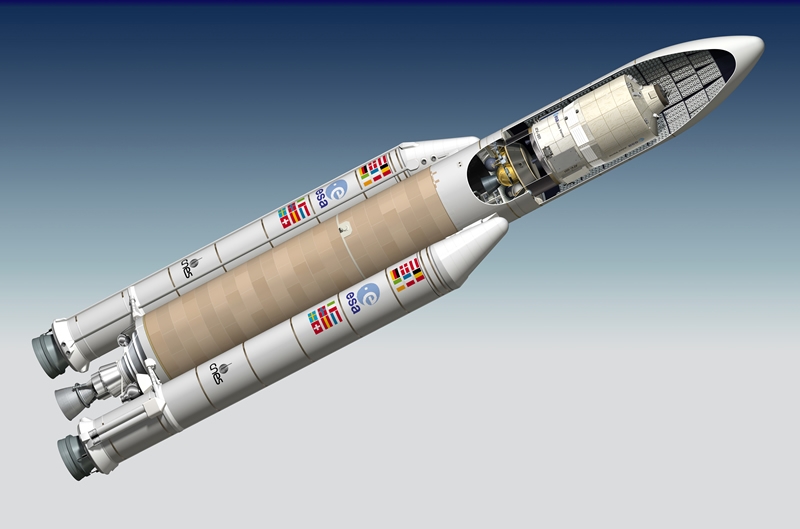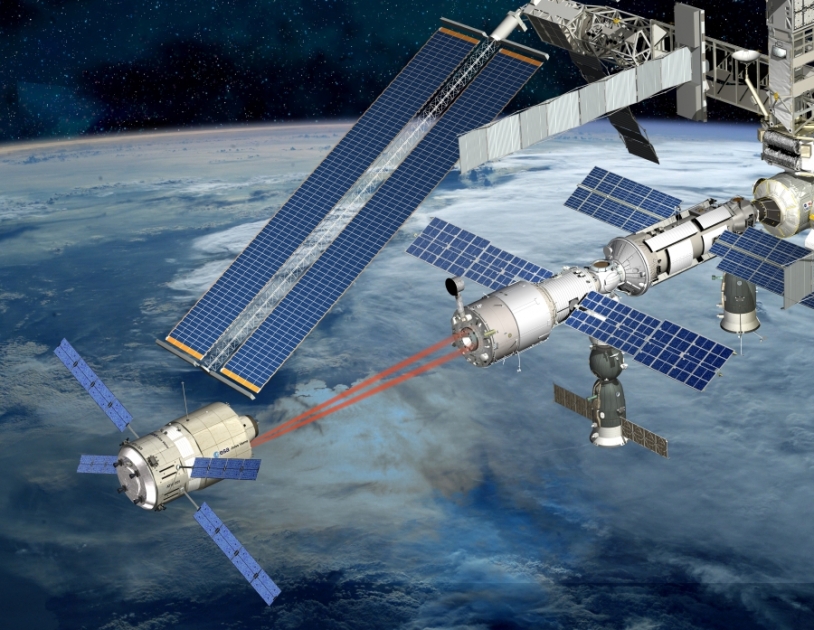7 August 2007
En route for the International Space Station
The Jules Verne ATV will be launched atop an Ariane 5 rocket in January 2008. Its primary mission is to deliver 8 tonnes of supplies to astronauts on the ISS, including air, water, food, mail, propellant, parts and scientific equipment. The ATV will also re-boost the ISS to a higher orbit.

The launch will conclude eight years of intensive work by the CNES Launch Vehicles Directorate and Guyana Space Centre—not only the development of the Ariane 5 system, but also the various modifications needed to ensure compatibility with ATV re-supply missions.
CNES: a major European player
For each Ariane launch, CNES guarantees that optimal resources are deployed for both the launch operator and satellite customers, then coordinates the activation of resources throughout the campaign, preparation phases and launch.
To accommodate the ATV, the CSG has had to adapt its facilities and infrastructure:
- New facility at the CSG chemical laboratory for the filling of ATV tanks with Russian propellant
- Modifications to all optical, telemetry and radar tracking systems
- A network of radio base stations (most locations and equipment are new)

With a hefty 19.4-tonne payload to place in a highly inclined orbit, the launch of the Jules Verne will also be a major first for Ariane 5. Its EPS storable propellant upper stage will be reignited twice to deliver the ATV to a more circular orbit and allow the EPS stage to re-enter Earth’s atmosphere at mission end.
For the next five months, the ATV will be housed at the EPCU payload preparation complex, operated by CNES, where it will undergo specific control and integration phases, then tank filling prior to launch.
To ensure mission success, a dedicated ATV Control Centre has been set up at CNES’s Toulouse Space Centre. Managed by CNES for ESA, the ATV-CC is in charge of conducting operations and coordinating all the necessary ground facilities. The ATV-CC will work in close coordination with the ISS Mission Control Centres in Moscow and Houston.
*Automated Transfer Vehicle
To ensure mission success, a dedicated ATV Control Centre has been set up at CNES’s Toulouse Space Centre. Managed by CNES for ESA, the ATV-CC is in charge of conducting operations and coordinating all the necessary ground facilities. The ATV-CC will work in close coordination with the ISS Mission Control Centres in Moscow and Houston.
*Automated Transfer Vehicle
